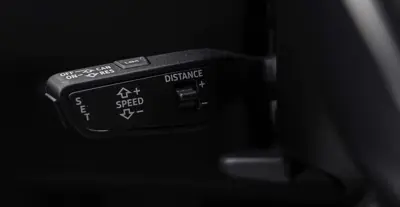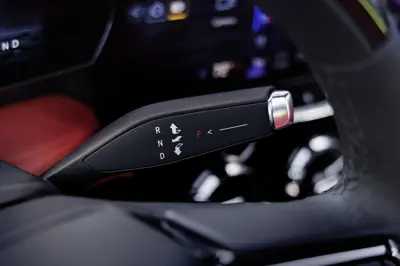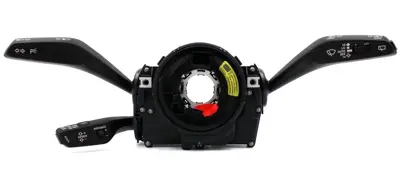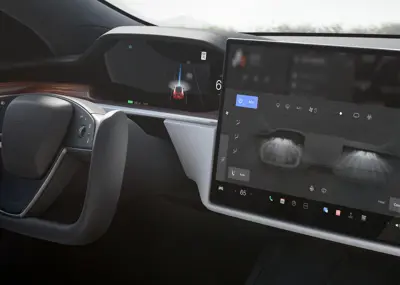- User Interface
- Screens
- Head-up Display
- Physical Buttons
- Steering wheel
- Stalks
- Mirrors
- Voice Control
- Gesture Control
Stalks
Stalks, in the context of cars, typically refer to the control switches or levers on the steering column, which drivers use to operate various vehicle functions without taking their hands off the steering wheel.
Stalks, also known as "stalk controls" or "column stalks," are typically mounted on the side of the steering column. Their design and function can vary depending on the make and model of the vehicle.
Here are some common types of stalks found in cars:
Turn Signal Stalk
The driver uses this stalk to activate the turn signals, indicating the direction in which the vehicle turns. By pushing the stalk up or down, the driver can activate the left or right turn signal, respectively, and then release it to turn off the signal after completing the turn.
Headlight Stalk
This stalk controls the vehicle's headlights. It typically has multiple positions, allowing the driver to switch between different headlight settings such as low, high, and fog lights. Some headlight stalks also have an "auto" mode, which can automatically control the headlights based on ambient light conditions.
Windshield Wiper Stalk
This stalk is used to control the vehicle's windshield wipers. It typically has multiple settings for controlling the wipers' speed, including intermittent, low, high, and off. It may also have controls for the rear wiper if the vehicle has one.
Cruise Control Stalk
If the vehicle is equipped with cruise control, the driver uses this stalk to activate and control the speed of the cruise control system. It typically has buttons to set, adjust, and cancel the cruise control, as well as controls to resume and deactivate it. Cars with adaptive cruise control often have an adjustment for the distance to the vehicle in front.
Gear Stalk
Several models have gear stalks behind the steering wheel. With this, the driver can set the car in drive, reverse, or neutral/park.
Multi-Function Stalks
Some vehicles may have stalks that combine multiple functions, such as incorporating controls for the turn signals, headlights, and windshield wipers into a single stalk. These multi-function stalks can vary in design and functionality, depending on the vehicle manufacturer and model.
In addition to these common stalks, there may be other stalks or controls on the steering column for functions such as controlling the audio system, adjusting the steering column position, or operating the vehicle's information display.
The specific design and functionality of stalks in cars can vary widely depending on the manufacturer, model, and trim level of the vehicle, as well as regional regulations and market preferences.
Stalkless Design
The stalkless design in new Tesla models is a feature that eliminates the traditional stalks on the steering column. Instead, Tesla uses a combination of artificial intelligence, force touch buttons, and Autopilot sensors to replace these functions.
For example, the car can automatically detect the direction of travel based on the context, such as the position of the car, the road layout, and the obstacles around it.
The driver can also manually override the car's decision by using the buttons on the steering wheel or the touchscreen. The stalkless design is intended to create a more streamlined and futuristic look, as well as to improve the functionality of the car.
However, some critics have raised concerns about the safety, legality, and usability of the stalkless design, especially in scenarios such as roundabouts, parking lots, and emergencies.
In the video below, Bjørn Nyland demonstrates the problems with the stalkless design.
The stalkless design is currently available in the new Model S, Model 3, and Model X, and it is expected that Tesla will introduce a stalkless design in the Model Y soon.




